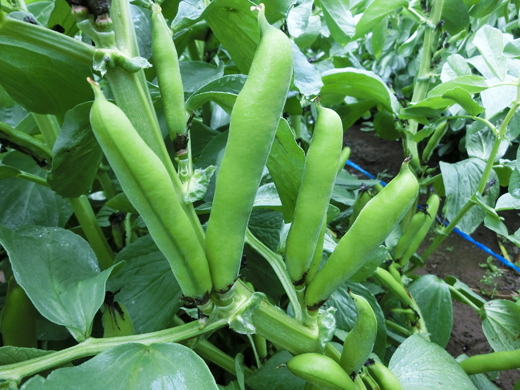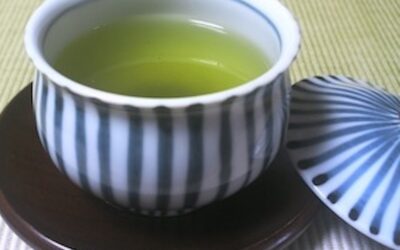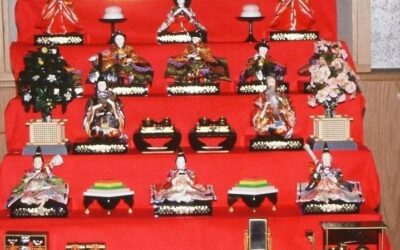
Kitchen Culture Cooking Club
EXPLORE and PRACTICE Japanese cooking in your own kitchenAbout Kitchen Culture Cooking Club
Welcome to the Kitchen Culture Cooking Club, a community space providing encouragement to those who want to EXPLORE and PRACTICE Japan’s washoku wisdom in their own kitchens.
To facilitate this, themed projects will be posted to this page periodically. Project Assignments and links to relevant reference material stored on this site will be posted to this page. Anyone, anywhere in the world, with a sincere interest in Japanese food culture is welcome to browse the contents of this page and then replicate the themed project in their own kitchen.
For those who wish to display-and-discuss their projects with like-minded people, I invite you to join the KITCHEN CULTURE Cooking Club Facebook Group (formerly the TSUDOI Project), an interactive community space.
PROJECT Naga Negi
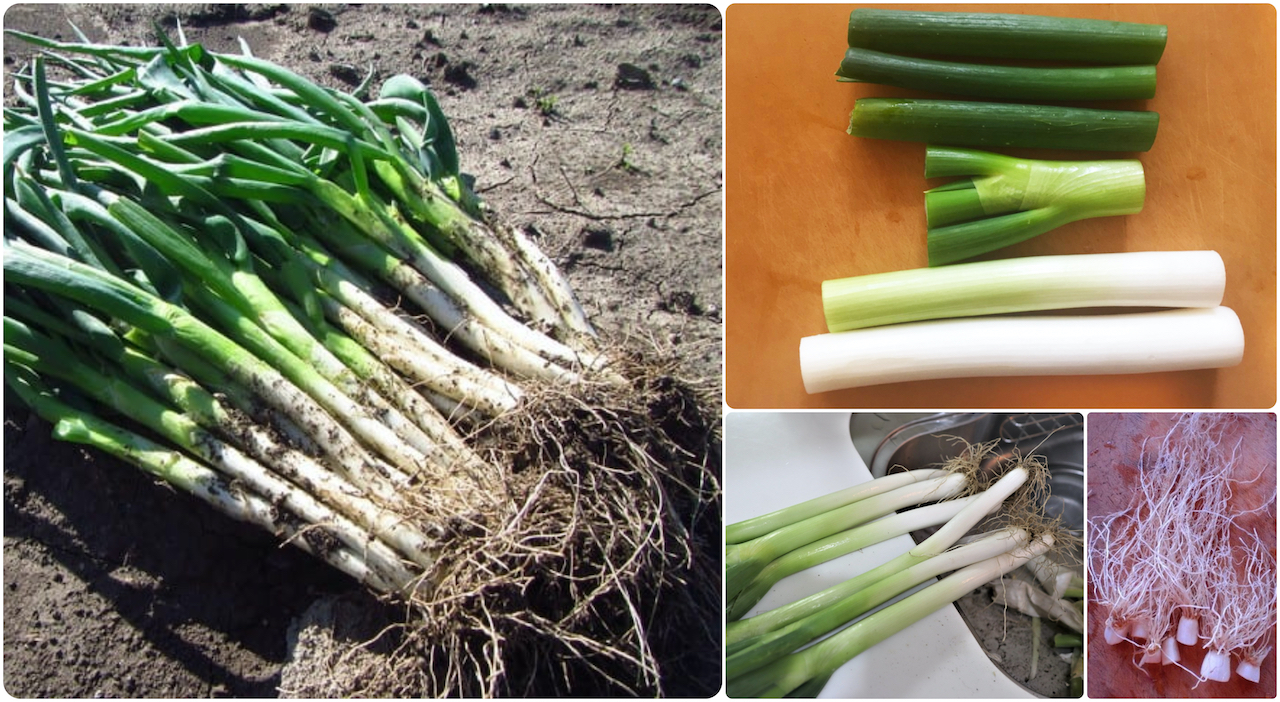
NAGA NEGI・長葱
Indispensible in nabé (hot pot) cookery, as a condiment and in soups all parts of naga negi (Allium fistulosum) are edible. Plan from the start to use the plant fully.
If your naga negi have roots attached, wash them thoroughly to remove all the dirt that clings to them. Slice off the very bottom and set these roots, called higé (“whiskers”), to dry. Dusted in cornstarch and deep fried they become an onion-y, crunchy nibble or garnish for salads and soups (also nice added to grilled cheese sandwiches).
Next, divvy up the stalks into 3 parts: the thick white stalk, the green blades, and the mid-section where the blades diverge from the stalk. Save any scraps and bruised green tops to enrich stock or to infuse oil and/or vinegar.
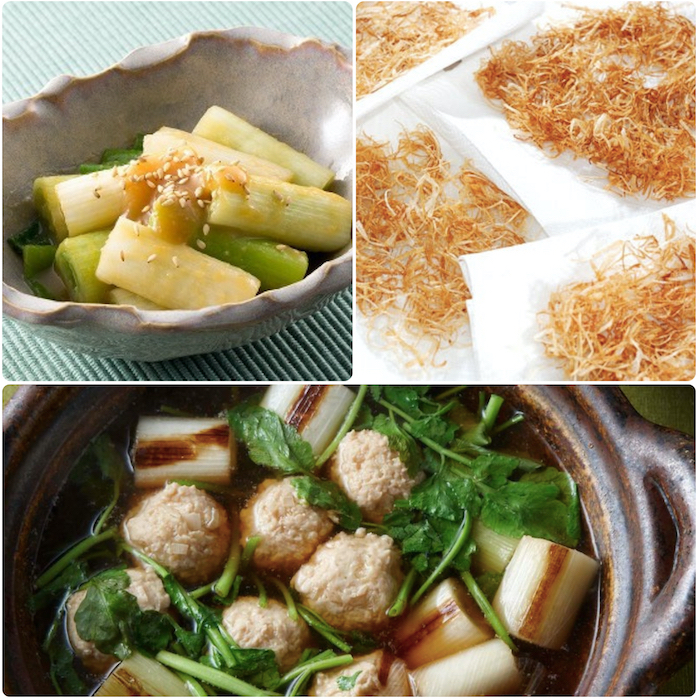
Enjoying Naga Negi Various Ways
Slice the white stalk into 1-inch (2.5 cm) lengths and skillet-sear to enjoy on their own or add to hot pot nabe. Download a recipe for: YAKI NAGA NEGI no TSUMIRÉ NABÉ ( Seared Japanese Leeks & Chicken Ball Hot Pot 焼き長ネギのつみれ鍋)
Both white and green parts of naga negi are briefly blanched, then sauced in a dish called nuta. Download a recipe for: NAGA NEGI no NUTA (Japanese Leeks in Tart-Miso Sauce 長ネギのぬた)
Other suggestions on using naga negi:
Leek Miso (pg 103) and Miso-Thickened Pork and Vegetable Soup (pg 119) WASHOKU; Creamy Japanese Leek Soup with Miso (pg 84) and Pan-Toasted Okara with Leeks and Root Vegetables (pg 167) KANSHA; Braised Beef and Vegetables (Sukiyaki; pg 110) At Home with Japanese Cooking (available thru subscription to CKBK).
My February 2023 NEWSLETTER is about naga negi.
Recipes and Resources
Stock (Dashi)
Dashi stock is essential to making soups and simmered or stewed dishes. Dashi is also used when making many egg dishes and all sorts of sauces, dips and dressings. Using good dashi will make a noticeable difference in the outcome of so many dishes you prepare.
Click to download recipes for (vegan) Kelp Alone Stock or Standard Sea Stock + Smoky Sea Stock
How to Cook Rice
In Japanese, the word for cooked rice, ご飯 GOHAN, is the same as the word for a meal, ご飯 GOHAN. Indeed rice is central to the meal. Download the Rice with Mixed Grains recipe.
How to Prepare Sushi Rice
Sushi dishes are made with rice that has been seasoned (with sweetened vinegar) AFTER being cooked. Download the Classic Sushi Rice recipe.
Quick Pickles
The Japanese enjoy a wide variety of tsukémono pickles, many can be assembled quickly and are ready to eat within a short time.
Download a recipe for Quick-Fix Hakusai Cabbage.
HATSU-GATSUO
初鰹 HATSU-GATSUO First Catch of the Season Japan’s seasonal sensibility is always on display at table; here the transition from spring into early summer is celebrated with hatsu-gatsuo (skipjack tuna (Katsuwonus pelamis) prepared tataki-style. Whole loins of katsuo...
Sora Mame
(Fava beans have been part of the eastern Mediterranean diet (Egypt, Greece, Italy) for at least 4000 years. There are stories of monks from India traveling through China who brought fava beans to Japan in the Nara Period (710-794 AD). However, the first written...
Green Tea
Green Teas 緑茶 RYOKU CHA Green teas are green because enzymes responsible for oxidization have been prevented from doing their (dark and discoloring) work. The Japanese halt oxidation by steaming freshly picked leaves, while the Chinese typically pan-fire or roast tea...
Displaying Dolls for Doll’s Day
The Andoh Family's full set of HINA NINGYŌ Just off camera is a wind-up music box that plays Ureshi Hina Matsuri うれしひな祭り. Download a chart explaining each of the dolls, and words to the song. 雛祭り Hina Matsuri Doll's Day For ancient agrarian societies, quirky winter...


